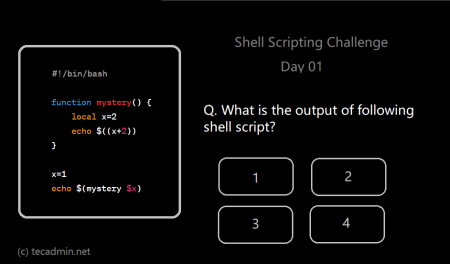When it comes to shell scripting, two prominent shells often come to the fore: the Bourne Shell (SH) and the Bourne Again Shell (Bash). Both are integral components of Unix and Linux-based systems, providing an interface to interact with the operating system. This article aims to delve into the intricate differences between these two shells, unraveling their unique characteristics, and providing a comparative analysis to help you understand when and why to use one over the other.
What are SH and Bash?
SH, the original Bourne Shell, was introduced in the 1970s as the primary shell for Unix. Stephen Bourne at Bell Labs developed it, hence the name. SH is known for its simplicity and portability. It is a reliable option when creating scripts that might be executed on various Unix derivatives.
Bash, on the other hand, stands for Bourne Again SHell. It’s an improved version of the original SH, developed by Brian Fox for the GNU Project as a free software replacement for the Bourne Shell. Bash is the default shell for many Linux distributions and macOS. It includes features from other shells like KornShell (ksh) and C shell (csh), offering more robust functionality and scripting capabilities.
Key Differences Between SH and Bash
- Syntax Differences: Bash provides more shorthand and enhanced scripting syntax compared to SH. For example, in bash, you can use the double square bracket syntax [[ ]] for tests, which is more robust and safer than the single bracket syntax [ ] used in SH.123456789# SH Syntaxif [ $a -lt $b ]; thenecho "$a is less than $b"fi# Bash Syntaxif [[ $a -lt $b ]]; thenecho "$a is less than $b"fi
- Array Variables: Bash supports array variables, whereas SH does not. Arrays can be useful when you need to work with multiple values stored under a single variable name.123# Bash Syntaxarray=("apple" "banana" "cherry")echo ${array[1]} # Outputs "banana"
- Command Line Editing: Bash supports command line editing, whereas this is not standard in SH. In Bash, you can navigate the command history using arrow keys, delete text with backspace, and use tab completion to complete file names and command names.
- Shell Options: Bash comes with additional shell options compared to SH. For instance, the shopt command in Bash provides the ability to change additional shell optional behavior which is not available in SH.
- Process Substitution: Bash supports process substitution ((command)), allowing a process’s input or output to be referred to using a filename. This feature is not available in SH.12# Bash Syntaxdiff <(command1) <(command2)
- Command not found Hook: Bash has a special shell function command_not_found_handle that is executed when a command is not found. This feature is not available in SH.
- Here Strings: Bash supports “Here Strings” which is a form of I/O redirection allowing a string to be used as the input for a command, denoted by . This feature is not available in SH.12# Bash Syntaxwc -l <<< "This is a string"
Which to Choose: SH or Bash?
The decision between SH and Bash boils down to the needs of your specific project. If you’re creating a script that needs to run on a variety of Unix systems, SH might be the better choice due to its portability and compatibility. However, if you’re working on a Linux or macOS system and need the additional features and syntax enhancements, Bash is the preferred shell.
Conclusion
In conclusion, both SH and Bash have their strengths. SH is a classic, minimalistic shell that gets the job done, while Bash offers a more feature-rich environment for complex scripting needs. Understanding the differences between the two is a crucial step in becoming a proficient shell script writer.
